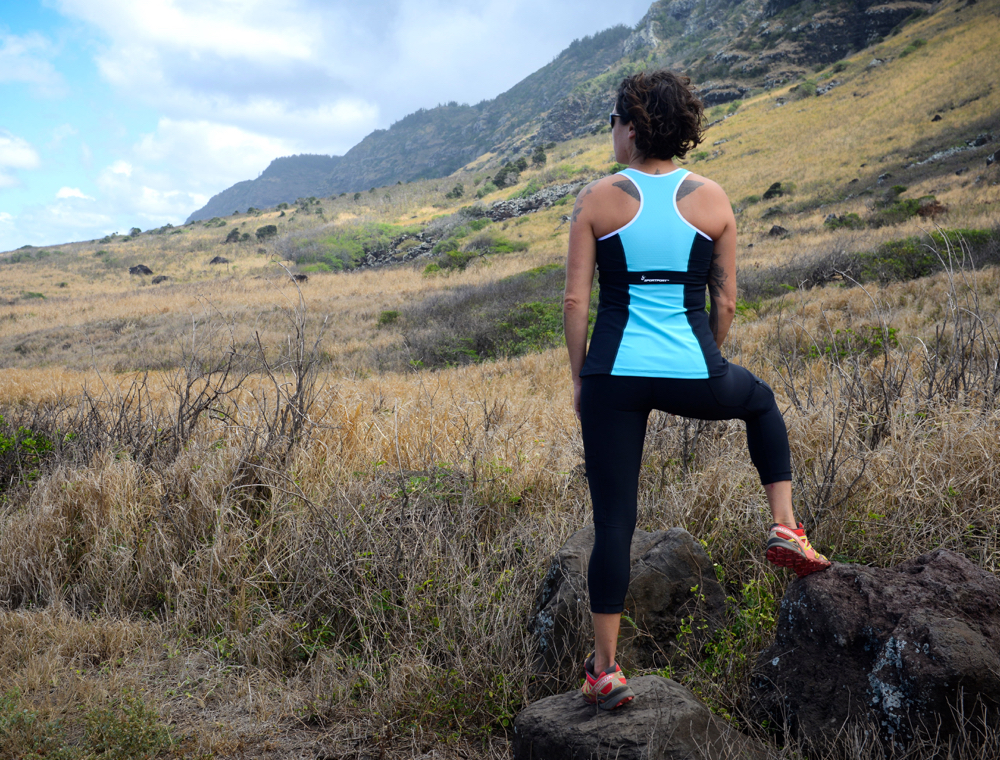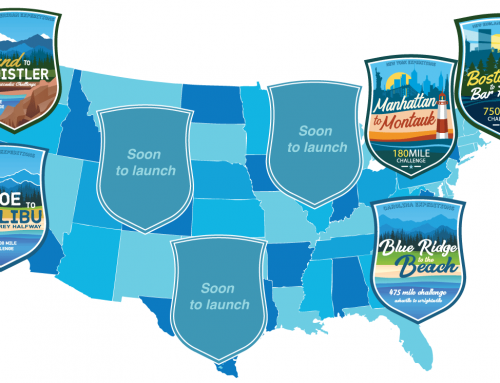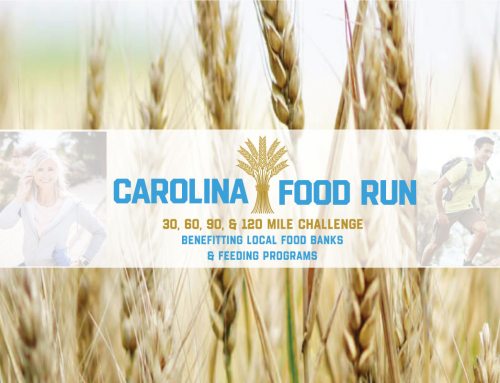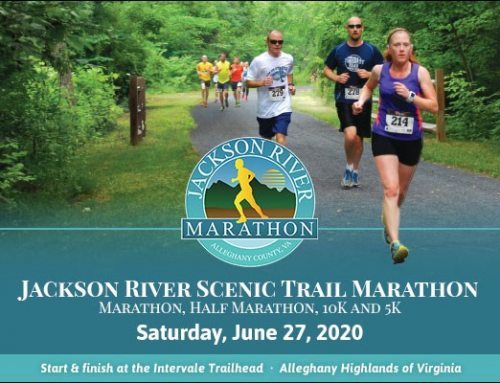By Casey Clark Kelley
With many years and miles of long distance road running experience, I didn’t think twice when friends asked me to join them for a half-marathon on trails. Considering myself well-conditioned for a marathon-length distance, I didn’t do anything differently to prepare, thinking it would be just another fun run with friends. It was not. What I didn’t know: trail running is not the same as road running. The half felt exhaustingly long and when I finally finished, sore, dirty and wiped of energy, I realized how foolish I had been. Fast forward, 9 months later, I agreed, a little grudgingly, to face the grueling course again. This time, I’m determined to learn from my mistakes and have adapted my training for off-road.
Form change. As a core-powered runner, on roads I use a long and straight posture leaning forward from the ankles at an angle. Using core stability, I’m propelled forward with gravity helping to pull me along with a short stride and light, gentle footfalls. This energy-conserving form is completely ineffective in the woods. If I tried to keep my feet as low to the ground, I would wind up on my face within seconds. To adapt for trails, I focus on posture alignment from tailbone to head, but allow my hips to open freely with the rhythm of the course, lengthening my stride. Keeping my arms in, minimizing the swing, helps lock in my abs to carry the brunt of the effort. On steep hills I alter this by shortening my steps while leaning into the hill with a vertical midline arm swing, as if I’m pulling my body up by an invisible rope. This looks a little robotic, but actually accesses the oblique muscles to do a lot of the work.
Strength building. These form changes require much more energy than I’m used to while running and, also, utilize muscles that I often leave dormant. To help better prepare these areas when I’m not on the trails, I’ve added high-intensity interval training twice a week to get these muscles better prepared. The moves I’m focusing on are squat jumps, burpees, split lunge jumps, high knees and plank variations, including plank-jacks and mountain climbers.
Injury prevention. With trail running you are moving quickly on uneven terrain so your body is forced to make small corrections continuously. These corrections aren’t always successful. To help avoid an injury that will keep me off the trails completely, I’ve been giving my muscles plenty of time to recover between runs. If my calf muscles are sore from the last outing, I know they may not be as equipped to support the small bones and tendons around my ankles, so I will give it an extra day or two.
Balance work. On off-days I find balance work helpful to focus in on my posture and to strengthen my ability to correct when an obstacle arises on the trail. Balancing barefoot on a BOSU® ball or holding Mountain pose for a minute per leg doesn’t take much time out of the day and the more often I do it, the easier it gets.
Trail shoes. On the road, I’m a flat-soled, low cushioning, fits-like-a-loose-slipper type of sneaker gal, but in the woods, I need something with more structure and a lot more grip. I found a structured trail shoe in the brand I usually wear (I’m an Altra girl) and thankfully have not had any slip and fall incidents yet, at least caused by the sneakers themselves.
Fitted clothing. My first unprepared trail half marathon I wore a loose t-shirt with nylon running shorts. The shirt snagged constantly on branches, while my legs ended up chafed, scraped, muddied and bruised. Since that experience, I prefer a second-skin fit for the entire outfit and usually wear compression tank tops and tights from Sportport Active (https://www.sportportactive.com) because I know they will stay in place and also have storage pockets for my phone, car key and energy chews.
These changes have been helping as I work slowly through training. To keep myself from rushing the conditioning, I’m treating it as a new sport, completely separate from road running. This way I don’t pressure myself to go faster or harder than my body is ready for. With this approach, I can enjoy the new challenge and actually appreciate the wooded landscape as it flies by in the periphery of my focus.
# # #
Casey Clark Kelley is a writer for various health and fitness magazines and for the SportPort™ designer women’s athletic wear company. She enjoys a healthy lifestyle while staying active with long distance running, cycling and cross-country skiing as the New England weather allows. Info@caseyclarkkelley.com







